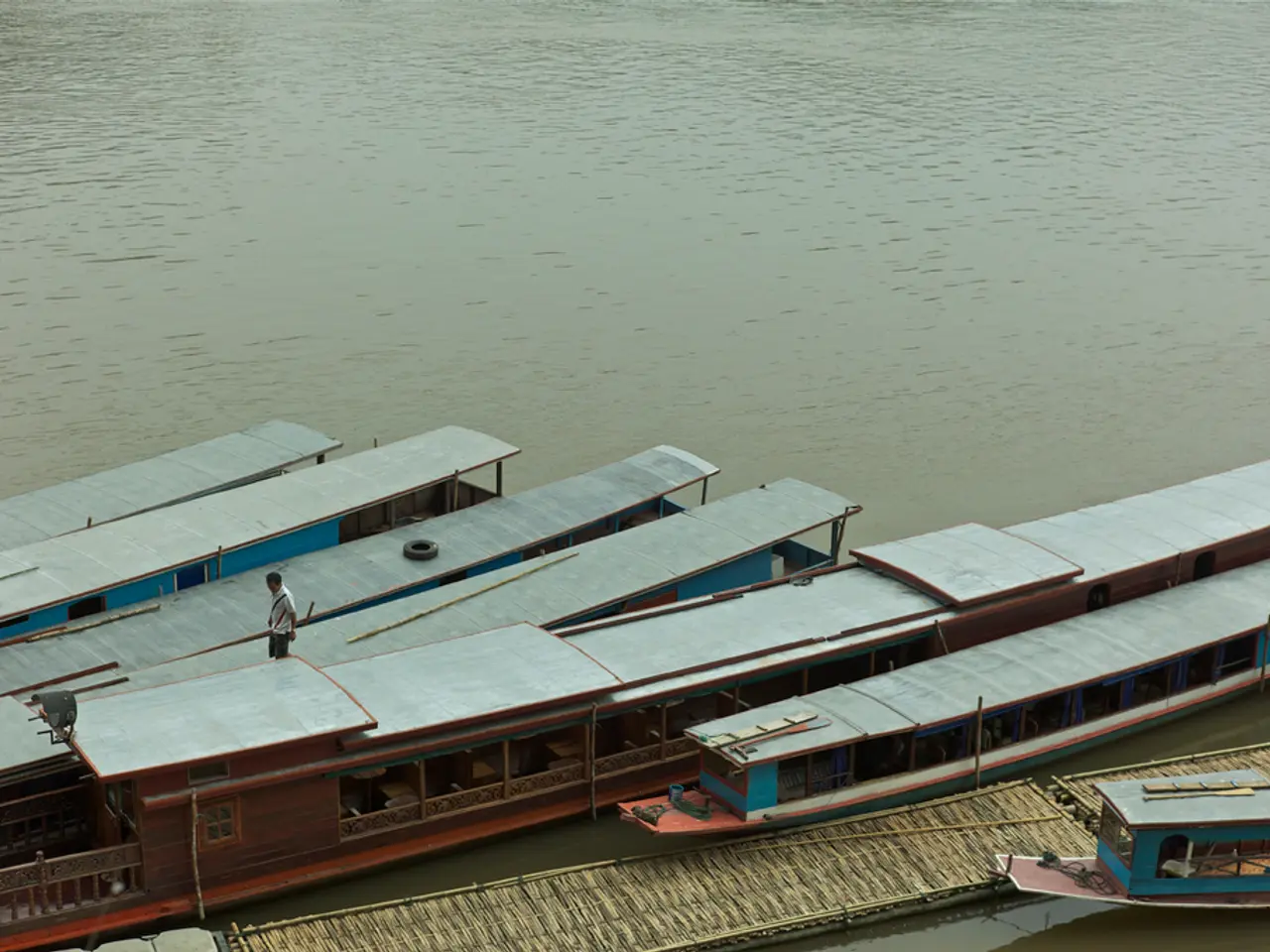Capturing Stunning Images of Meteor Showers is Easier Than You Think - Shooting stars are exceptionally bright and captivating when observed.
In the night sky from July 24 to August 24, the annual Perseids meteor shower will light up the heavens. Whether you're using a DSLR or mirrorless camera or a smartphone, here are some tips to help you capture stunning images of this celestial event.
For those with DSLR or mirrorless cameras, a wide-angle lens on a sturdy tripod is essential. Set your camera to manual mode with a shutter speed between 20 to 30 seconds (adjusted to avoid star trails using the 500 rule: 500 divided by focal length gives max exposure seconds). Aim for an ISO around 800 to 1600 and an aperture wide open (low f-number) to maximize light capture without star trailing. Automate shooting with a remote shutter release or intervalometer for continuous shots during one or more hours. Aim the camera roughly toward the Perseus constellation but scan wide to increase chances of capturing meteors. During moonlight, shoot before moonrise for best dark sky; once moon is up, use it to illuminate foreground while adjusting exposure to avoid overexposure of the sky [1][3][5].
Smartphone users can also capture the Perseids with the right techniques. Use a night mode or dedicated long exposure apps that allow manual control over exposure time. Aim the phone toward a dark part of the sky, ideally with the Perseus radiant in view. Many apps have a “night mode” or manual settings to select longer exposure lengths (several seconds if possible). Use a tripod or stable surface to reduce shake. Apps like NightCap Camera (iOS) or Camera FV-5 (Android) can allow manual control over ISO, shutter speed, and focus for better meteor shots. Keep the lens clean and stable, and consider timing shots to avoid bright moonlight or adjust ISO and exposure accordingly [2][4].
Additional tips for both devices during moonlight:
- Moonlight increases sky brightness, reducing meteor contrast; shoot during moon phases when moon is below horizon or as low as possible.
- Use the moonlight creatively for foreground illumination after moonrise, with shorter exposures to balance brightness [5].
- Employ star charts or apps like Stellarium, SkySafari, or Star Walk in red night mode to locate Perseus and position shots effectively [2].
| Device | Camera Setup/Settings | App Recommendations | Moonlight Advice | |-------------------|------------------------------|-------------------------------------|-------------------------------------------| | DSLR/Mirrorless | Manual mode, aperture wide open, ISO 800-1600, shutter 20-30s (500 rule), tripod, intervalometer | Software like BackyardEOS, Astro Photography Tool, N.I.N.A. for automation | Shoot before moonrise or use moonlight for foreground; adjust exposure accordingly | | Smartphone | Night mode, manual exposure apps, shutter as long as possible, tripod/steady surface | NightCap Camera (iOS), Camera FV-5 (Android) | Avoid bright moon or adjust exposure; use apps to control ISO and exposure manually |
These tips maximize your chances of capturing sharp, well-exposed meteors during the Perseid shower, even with moonlight in the sky [1][2][3][4][5].
- Set a medium ISO between 200 and 400 when photographing meteor showers.
- Liefke recommends overlaying several images in photo editing to have multiple meteor showers in one picture.
- However, the moon is also better seen in the second half of the night.
- On the night of Tuesday to Wednesday, there is a waning gibbous moon.
- Choose a short focal length, such as a fisheye lens, to see the whole sky.
- The most meteor showers are visible on the night of Tuesday to Wednesday.
- A tripod or other object is necessary to stabilize the camera or smartphone.
- Bright moonlight will present a challenge for photographing meteor showers this year.
- Liefke is based in Heidelberg.
- Choose a long exposure time: 30 seconds or longer.
- Liefke suggests deleting photos without meteor showers after taking many.
- To capture magical sky moments, a location with little light pollution is needed.
The Commission, in its capacity, has also been asked to submit a proposal for a directive on the protection of the environment, emphasizing the need for responsible space-and-astronomy practices to minimize light pollution during celestial events like the Perseids, ensuring a darker sky and improved chances of capturing stunning images.
In the realm of science and technology, advancements in both long exposure apps and astrophotography software for DSLRs or mirrorless cameras, such as BackyardEOS or Astro Photography Tool, can aid in the automation process, further increasing the chances of successful Perseids photography.




